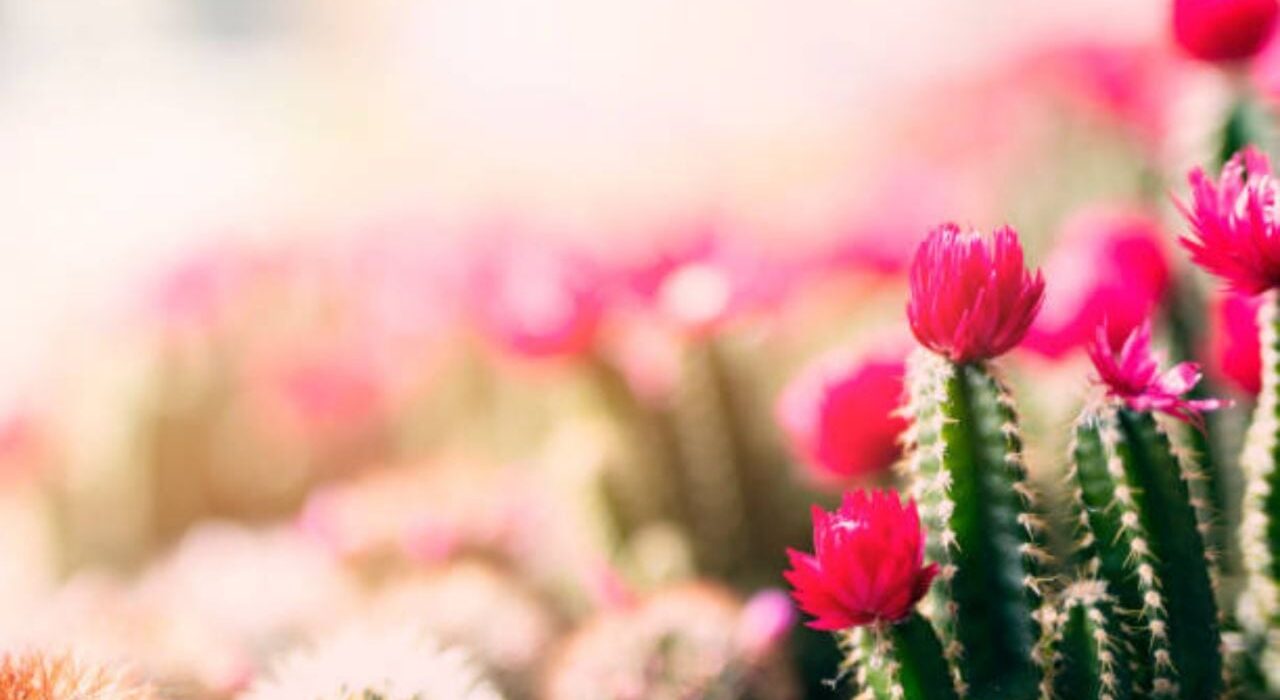When the temperatures drop, it’s easy to think that flowers go into hibernation. But fear not, they just need a little extra TLC during the colder months. In Argentina, where seasons are distinct, adjusting your flower care routine is essential. While they may not bloom as vigorously as in spring or summer, some flowers actually flourish during winter. So, let’s dive into how you can give your blooms the attention they deserve.
“Even in winter, with the right care, your flowers can stay strong and be ready to bloom beautifully when warmer days arrive.”
Believe it or not, there are flowers that thrive in chilly weather. Some cold-resistant varieties include Chrysanthemums, Pansies, Camellias, and Begonias. Camellias even make a grand appearance towards the end of winter and can last for weeks with proper care. So if you have these beauties in your garden or pots, don’t fret – winter doesn’t have to mean the end for them.
The key to helping your flowers survive winter is natural light. While daylight hours are shorter and sun rays are weaker during this time of year, sunlight remains crucial for their well-being. Position your pots close to a bright window or in a spot on the balcony that receives direct sunlight for at least some part of the day. Remember to rotate your plants occasionally so they grow evenly.
“If you want your flowers to thrive in winter, providing them with adequate natural light and protection from extreme cold is paramount.”
If your plants are outdoors, shield them from severe cold by covering them with a light cloth or plastic sheet on frosty nights. However, avoid situating them too close to heaters as artificial heat can do more harm than good.
In winter, less is more when it comes to watering your flowers. Excess water can lead to root rot or even freezing if temperatures plummet. It’s advisable to water them twice a week or whenever the soil appears dry. And remember never to water during frosts as this can damage the plant.
Choosing resilient and low-maintenance species makes garden upkeep easier during winter months.
To boost their strength amidst reduced sunlight and moisture levels in winter,
flowers benefit from natural fertilizers like compost or humus applied every 15 days.
A little goes a long way in providing them with essential nutrients until warmer days return.
“Winter presents an opportunity for plant propagation through cuttings – an economical,
eco-friendly way to expand your garden while sharing beloved blooms with loved ones.”
Winter isn’t just about maintaining; it’s also a perfect time for propagating new plants through cuttings.
By taking sections of existing plants and nurturing them into new growth,
you not only expand your garden but also create meaningful gifts for friends and family.
It’s cost-effective, environmentally friendly,
and carries sentimental value that lasts beyond the season.

